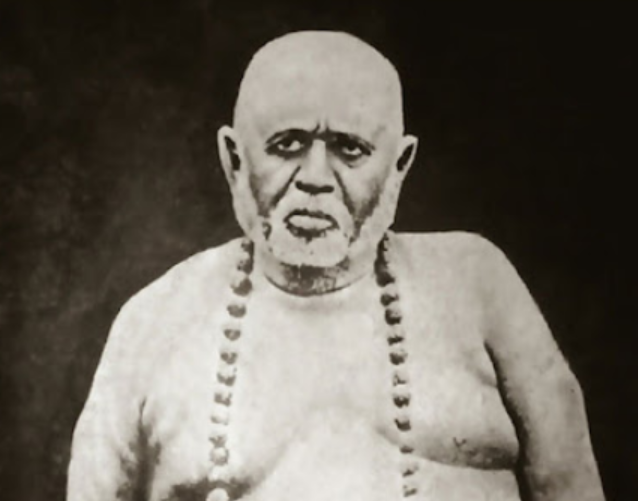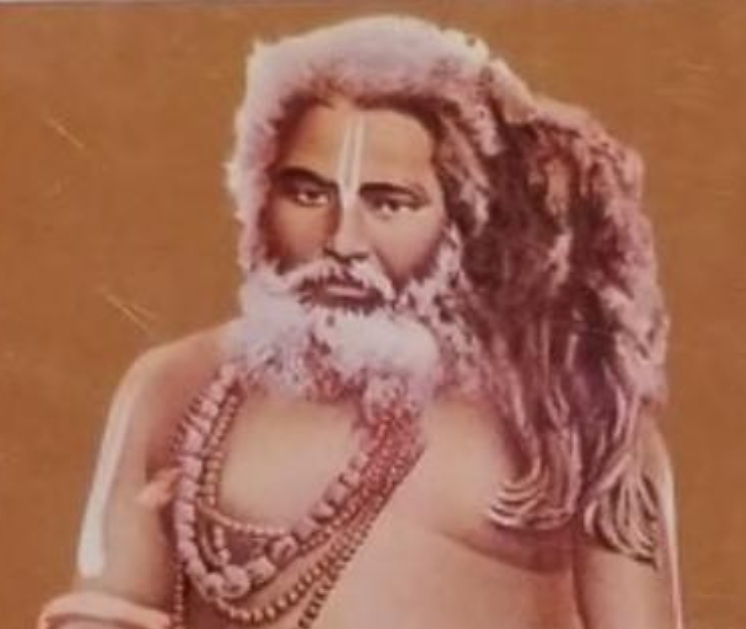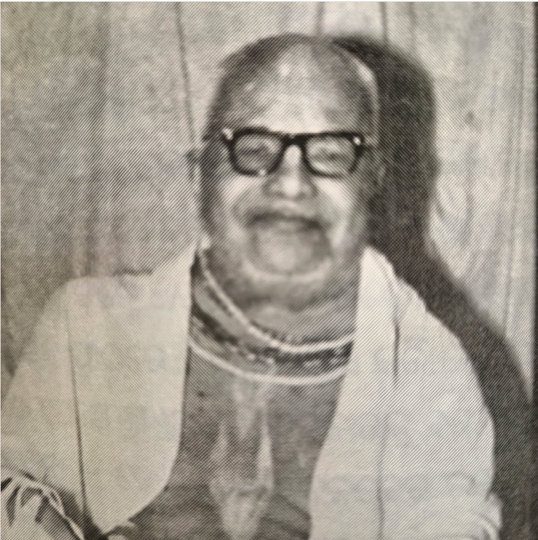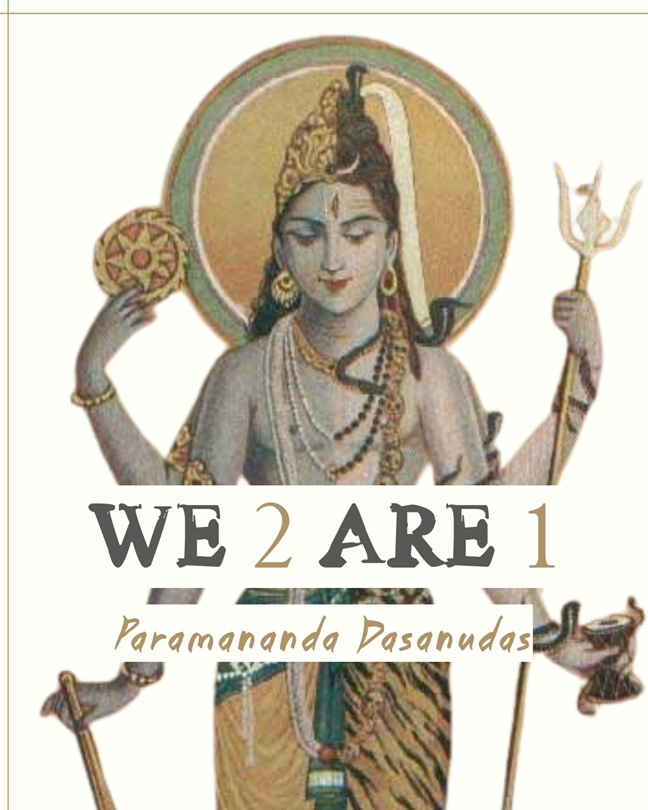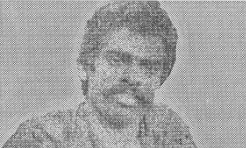
Bhaktivinoda Thakur and the three books
Jagadananda Das
This is an extract from the original text titled
“Bhaktivinoda Thakur and Bipin Bihari Goswami”
edited by Paramananda Das (Goura Sangha)
Did Bhaktivinoda Thakur fabricate evidence to promote the Mayapur birthsite? I cannot answer the question where the historical and geographical evidence is concerned. However, I am seriously disturbed by the evidence that Bhaktivinoda Thakur manufactured literary evidence to support the validity of Chaitanya as avatar and the nine-islands theory of Nabadwip, which in turn is meant to promote the Mayapur birthplace.
In the 1890’s, the Thakur wrote a Bengali verse work, Nabadwip-dhama-mahatmya, which he published under his own name. This book is a pretty typical “Sthala Mahatmya” style of text. Most Sthala-puranas introduce many puranic or Vedic personalities and ascribe to them activities and words that glorify the place in question. The events described in Nabadwip-dhama-mahatmya are quite radical: Madhva and Ramanuja are not the only names that are dropped in this book – there are also demigods, Vedic rishis, and other historical figures like Jayadeva, all of whom spend time in Mahaprabhu’s Dham and have premonitions of His future appearance there.
Had Nabadwip-dhama-mahatmya been written in Puranic Sanskrit two or three hundred years earlier, it may have been insinuated into the Skanda Purana or Padma Purana and achieved canonical status. But as it is, the Thakur decided to publish it in Bengali and in his own name. This could only mean that he was either sufficiently confident of his own position as a “realized Vaishnava” who could claim to have mystic visions of this sort and be believed, or that he never intended for it to be taken literally as history, but as a fanciful work in glorification of Mahaprabhu. The Gaudiya Math and others who believe in the divine status of Bhaktivinoda take this work as literal “truth,” but to those who do not share in the vision of a Nabadwip which has its center in Mayapur, it is a gratuitous fabrication. The Vaishnavas no doubt believe that in some dimension or alternate reality these events were not only possible, but historically true, even if they were not necessarily so in our universe. In this sense, we can compare it to his other works like HarinAma-cintAmaNi, which Bhaktivinoda Thakur wrote as a conversation between Haridas Thakur and Chaitanya Mahaprabhu in Jagannath Puri, or Jaiva Dharma, which includes characters like Gopal Guru Goswami and Dhyana Chandra – a kind of historical fiction, as it were. There is a certain literary license that has been taken here and is not problematic as long as we recognize the genre. However, three books that the Thakur published as ancient works were almost
certainly composed by him. These three — CaitanyopaniSad (1887), Prema-vivarta (1906) and Navadvipa-satakam (n.d.) have certain common characteristics – they were all connected to Chaitanya Mahaprabhu and the glorification of his birthplace.
The motives are fairly clear: the Thakur was trying to promote Mahaprabhu’s birthplace and he did it in a fashion time-honored in India. He simply wrote the material he needed and attributed it to someone who had historical credibility. Rather than attributing his works to Vyasa or Narottam Das Thakur as did the counterfeiters of the past, he used the names of Jagadananda Pandit and Prabodhananda Saraswati.Bhaktivinoda Thakur did in fact publish many rare manuscripts of genuine Vaishnava literature, such as Sri Krishna Vijaya, many padyAvalis, etc. He was not the only one in his time who yielded to the temptation of counterfeiting. Nevertheless, I personally find it problematic that someone who contributed so much to the Vaishnava religion, who worked so hard to instill a spirit of morality and honesty into Vaishnavism, whose life was in general a monument of commitment to service to Mahaprabhu and His principles, who in his worldly life was a justice and so presumably knew a thing or two about ethics and the law, saw fit to take such a chance.
Furthermore, in view of his familiarity with scholarly historical method, it is hard to understand how he thought that he could get away with it. Perhaps he thought his personal probity put him above suspicion. But did he really think that a single manuscript found by chance in mysterious circumstances only to disappear again after its publication would not cause people to examine the published text more
carefully? And if that text contains elements of language and content that not only point to a modern origin, but to the very person who claims to have found the manuscript, will our suspicions not be confirmed?
I can only say that in his enthusiasm to see Mahaprabhu’s birthplace be glorified and become a center of pilgrimage – as it has indeed become – the Thakur took a chance with his personal reputation and that of his religion. He succeeded in making Mayapur a magnet for pilgrims from around the world. His disciples, granddisciples and great-grand-disciples have succeeded in creating an environment that
is quite extraordinary. Nevertheless, one cannot help but wonder at the masi-bindu that stains his otherwise sparkling white cloth. Can we not expect people to ask the question that naturally arises: How can a religion that needs lies to spread its message make any claims to be the truth?
It does not give me pleasure to remind us, who are accustomed to thinking negatively of Bipin Bihari Goswami as someone who was rejected for his caste consciousness and bad habits like tobacco smoking, that he publicly renounced Bhaktivinoda Thakur as his disciple shortly before dying in 1919. The reason he gave for this drastic act was precisely for “preaching falsehoods” connected to the birthplace of Chaitanya Mahaprabhu. It is easy to condemn Bipin Bihari Prabhu for having some self-interest in this matter, but the doubts that have been brought up in this article tend to give justification to the Goswami. I find it rather painful to bring the matter up, and I do so in the full expectation of
being heartily condemned, but I would like to see those who love the Holy Name and Chaitanya Mahaprabhu face this problem head on, much in the way that Roman Catholics have decided to accept the terrible things in their history – things which are many times worse than those we have mentioned here – and still find a way to justify their faith. Faith has to be honest to be genuine, and such honesty has to extend to our forefathers, even those to whom we have attributed the highest spiritual perfection.
It is a shock to accept that our divinities may have had human failings, but I think this is a necessary step in facing our own failings.
Human psychology is such that we often compensate for our own human frailties by placing faith in someone else. We say:
“I am not perfect, but my guru is. I have no personal qualifications, but this does not matter because the parampara is perfect.”
This is a psychological trick and results in ego-inflation. By identifying with the guru and the parampara, we appropriate their perfection and their authority for ourselves. Unfortunately, this expands into the kind of distorted personal psychology that is not only historically present in Iskcon, but in many of the interactions between devotees who are otherwise sincere.
